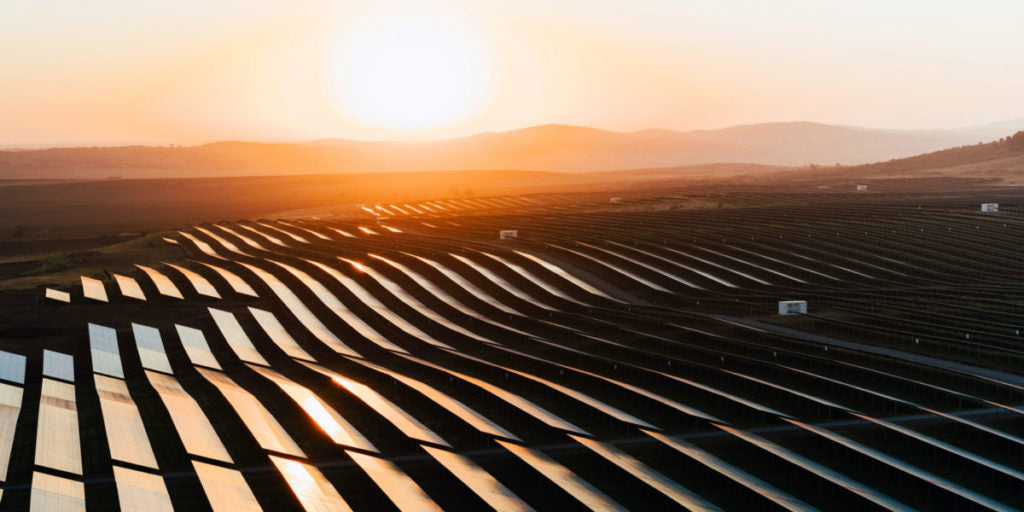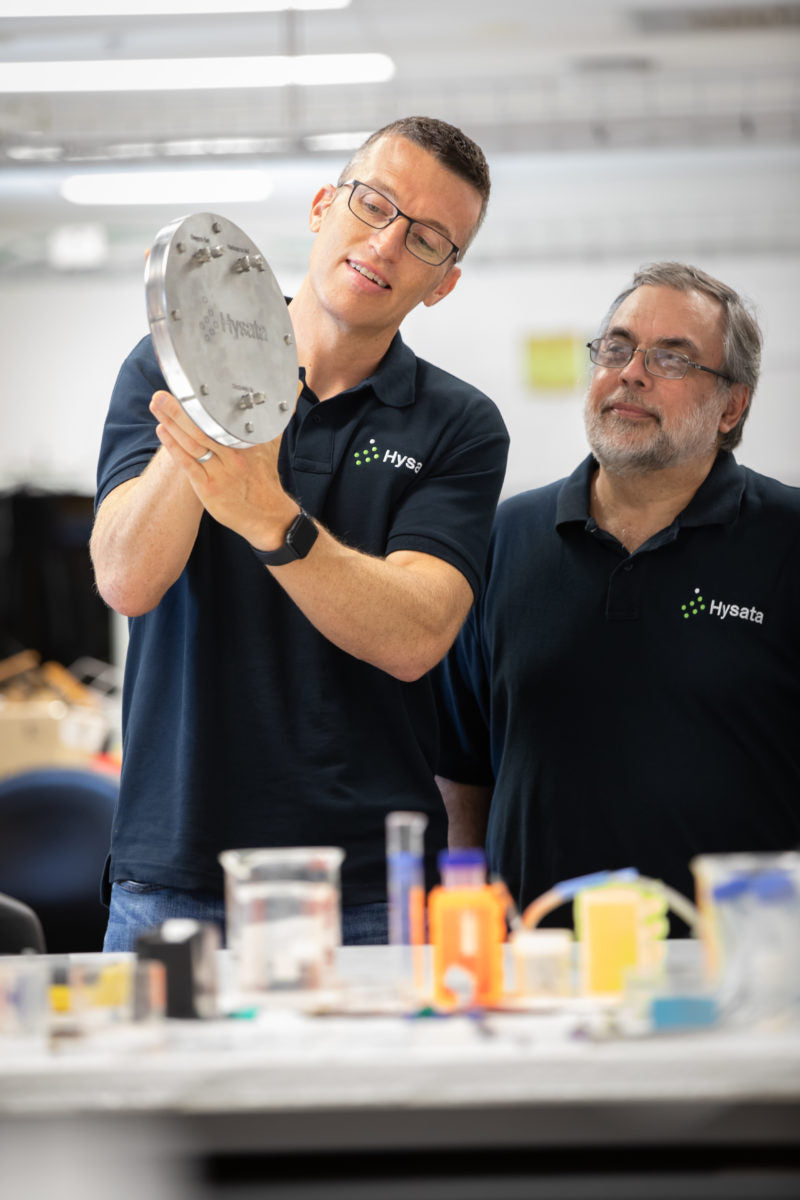https://www.pv-magazine-australia.com/2022/09/01/cec-warns-labour-and-skills-shortages-threaten-clean-energy-transition/

The CEC says there are already shortages across many areas of the existing clean energy industry workforce.
Image: Western Power
The Clean Energy Council (CEC) has warned that Australia’s capacity to deliver on its transition to a clean energy future is at risk unless the current and growing labour shortages and skills gaps across the renewables industry are filled.
Ahead of the two-day national jobs and skills summit which begins in Canberra today, the CEC has published a report calling for government, industry, the tertiary education sector, and professional associations to work together to address the labour challenges it said could throttle the success of Australia’s clean energy transition.
“This is the key decade, not only for Australia’s emissions reduction efforts but also in developing the workforce to drive this economy-wide change,” CEC chief executive Kane Thornton said.
“Now is the time to take stock and put in place measures to ensure that people and jobs are a focus of Australia’s clean energy transition.”
Over the past decade, the share of renewable electricity generation in Australia has doubled, rising from 15% in 2013 to 33% in 2021. With the Senate expected to pass Australia’s legislated 43% by 2030 and net zero by 2050 emissions reduction targets later this month, that growth is destined to accelerate.
In the Skilling the Energy Transition report published this week, the CEC said the transition to a clean energy future presents an enormous opportunity but comes at a time where the existing workforce is “riddled with challenges, gaps, and unmet demand from industry”.
The report makes six recommendations, including coordinating higher education to meet clean energy industries’ interests, positioning vocational educational and training to respond to industry needs, and establishing pathways to attract international workers.
The report also recommends the establishment of a transition authority to work with government to support and coordinate local efforts and community-led initiatives, and to map career pathways into emerging sectors within each region.
“The clean energy sector needs policy, and therefore investment, certainty, clear targets, strong leadership and genuine collaboration,” the CEC said.

clean energy project growth: 2021-40.
Image: CEC
The Australian Energy Market Operator (AEMO) has outlined the case for building 141 GW of large-scale wind and solar capacity, 63 GW of storage and hydro capacity, and 69 GW of small-scale solar and household batteries needed by 2050 to maintain reliability and keep prices down. This represents a ninefold increase in large-scale renewable generation installed in the National Electricity Market and a fivefold increase in small-scale generation.
“Delivering this transformation will require an enormous number of workers,” Thornton said.
The CEC said the Australian clean energy industry currently employs about 30,000 people across large-scale renewable energy construction, operation and maintenance, and small-scale rooftop solar design and installation. Modelling suggests that the ongoing rollout of renewables could see 604,000 additional direct and indirect jobs created by 2030.
Electrical Trades Union (ETU) acting national secretary Michael Wright said with the Australian clean energy sector preparing for a period of extraordinary growth and development, prioritising the skills and training of energy workers and tomorrow’s trades is vital for the national interest.
“This report shows that investing in a secure, skilled and well-trained workforce is the first step towards powering Australia’s future,” he said.
“It’s the absolute foundation of the pathway to meet climate targets and reduce emissions.”
The jobs and skills summit will bring together representatives from politics, unions, business, and key community groups. All ideas will be fed into an employment white paper to be published in the next 12 months.
This content is protected by copyright and may not be reused. If you want to cooperate with us and would like to reuse some of our content, please contact: editors@pv-magazine.com.
<




